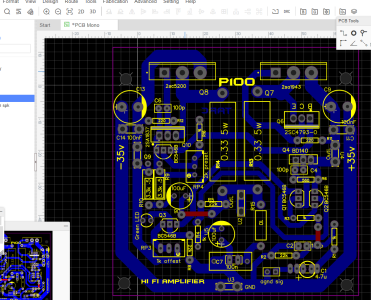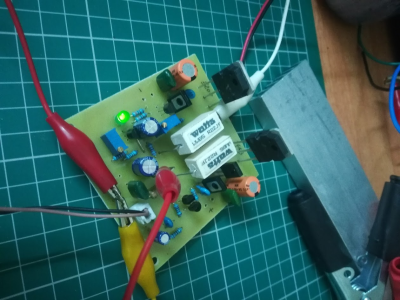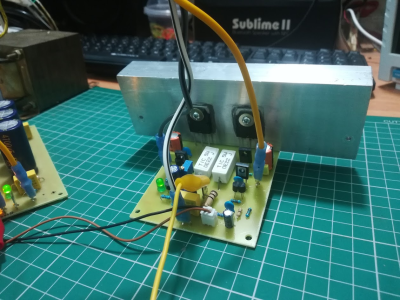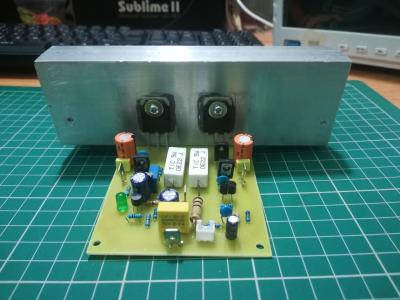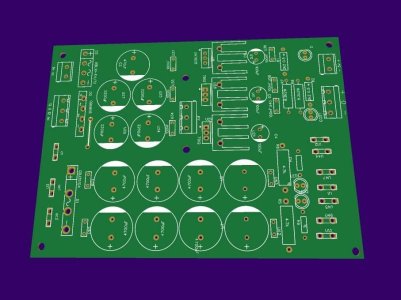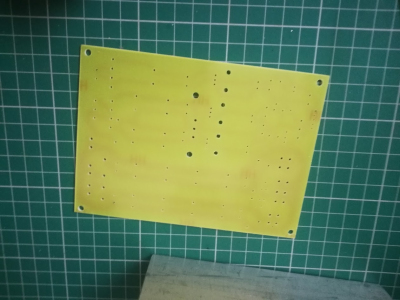Kannan_madhu
Well-Known Member
P3A is a well-regarded Amplifier among DIY audio enthusiasts with very simple schematics. It can be built with commonly available components nothing exotic is needed. Output is cfp or Sziklai pair , and according to many DIY people this sound faster and have smooth highs . P3A outputs 60w power into 8 ohm loads which is sufficient for home listening . All details of this amp can be found in ESP website PCBs are also available there . since i make my own pcbs i made a similar design in my favorite program Easyeda .
